The views expressed here are solely those of the author and do not necessarily represent the views of FreightWaves or its affiliates.
Readers’ reactions to Commentary: Trucking industry observations heading into 2020, which ran on FreightWaves.com on December 26, 2019, suggest that my observations touched a few nerves. This article is a response to readers’ specific, and more general, comments and observations about that article.
Later in the article I ask someone with deep expertise in trucking, management and leadership, to weigh in on the debate.
One reader pointed out that I have never been near trucking. That is true. It is also a fact that I am always quick to point out to other people myself. I recognize that I have a lot to learn. That said, outsiders like me bring the value of being able to ask stupid questions that industry insiders may take for granted. Hopefully, in the light of recent advances in technology, the answers to those questions lead us to new solutions to old problems.

Other readers accused me, and possibly my colleagues at FreightWaves, of creating the impression that the trucking industry is collapsing all around us. That couldn’t be further from the truth. However, in this commentary I focus on the predictable and unpredictable ways in which technology and innovation will transform industrial supply chains as the future unfolds. Moreover, I am firmly focused on understanding the present and then, trying to understand what that means for the future.
Change is never easy. Technology-driven change is happening at an ever quickening pace, in every industry. I understand why it may seem like I am glorifying the imminent collapse of traditional trucking operators. But, that is simply not true. Supply chain logistics is the foundation on which the world functions. We all want to see it thrive. It needs to thrive for everyone’s sake. I am sympathetic to the plight of everyone who helps to make and move the things people all over the world consume.
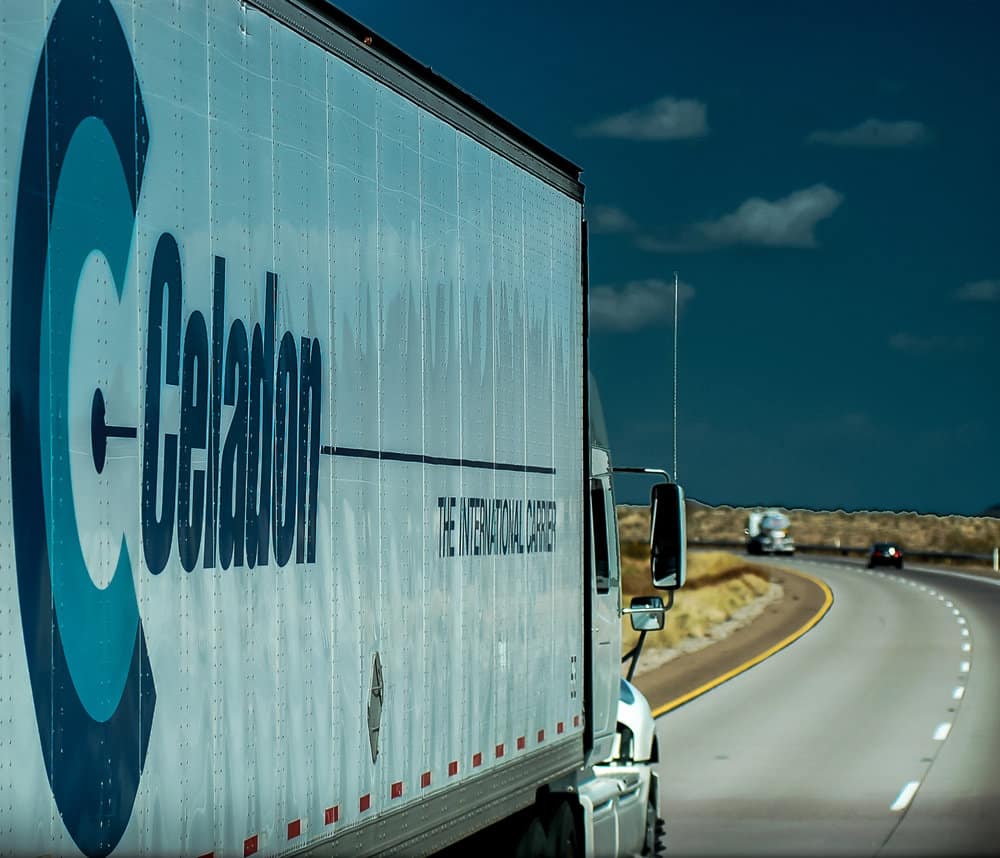
For instance, FreightWaves was the first to respond with a tangible response to help drivers affected by Celadon’s collapse quickly find new employment: You can read about that here: FreightWaves job board rapidly gains steam in wake of Celadon bankruptcy (with video). Moreover, FreightWaves’ founder and CEO, Craig Fuller, comes from a family that has been in the trucking business for many years – Craig’s father, Max Fuller, co-founded U.S. Express (NYSE: USX) with Patrick Quinn in 1986.
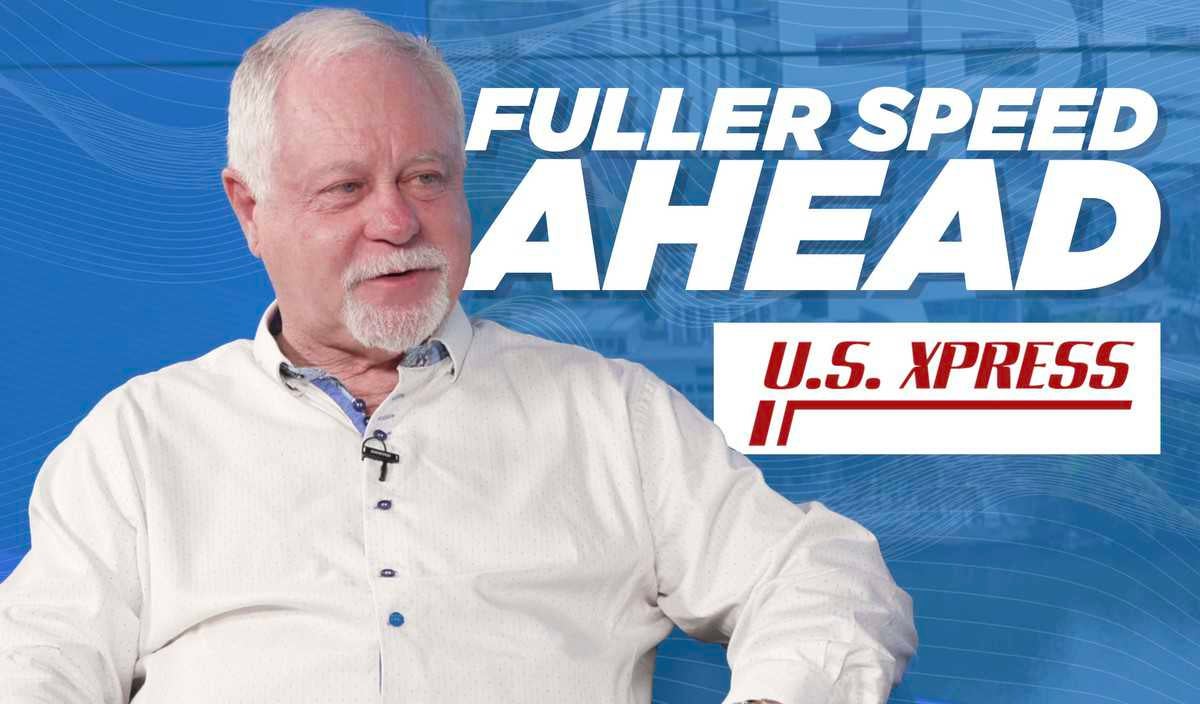
As I wrote above, it is simply not true that I am deliberately creating the impression that the trucking industry faces imminent collapse. Still, to cover my bases, I went looking for someone with a trucking industry insider’s knowledge of the issues that I raised in the article, and readers’ reactions to the observations I made.
I was also looking for someone with enough distance from me, FreightWaves, and the day-to-day vicissitudes of the trucking industry to give a reasonably objective assessment of the discussion the article generated among readers, and between readers and me.
Meet Anthony (Tony) Campo (AC) – his experience has covered nearly every function in trucking.
Anthony Campo has worked in the trucking industry since 1994. During that time he’s been: a national and international logistics manager; an operations manager; a president and chief operations officer of a national building materials manufacturing company and trucking company; a general manager for a company with dry van, flatbed and cold chain freight operations; and a director of transportation and logistics in the New Jersey Department of Labor and Workforce Development. He currently provides management consulting services to regional and national companies in transportation, distribution and warehousing, and manufacturing, and his experience runs the gamut from Fortune 500 companies to startups. Within trucking, he has experience in drayage, less-than-truckload (LTL) and truckload (FTL). He also works in executive education and top talent learning and development at Verizon.
He earned a Bachelor of Science in Engineering Technology, a Master of Science in International Business Management, and an MBA in Logistics and Distribution – all from the New Jersey Institute of Technology. He also earned a Doctorate in Business Administration focusing on leadership, from the University of Phoenix. Campo also has several supply chain certifications from the World Trade Institute.
In the exchange below BA stands for Brian Aoaeh, and AC stands for Anthony Campo.
BA: Should truckers, and other supply chain vendors in general, be concerned about automation and technology of any kind?
AC: I think everyone in the supply chain should be concerned with the advancements and fast pace that technology and automation have been embraced. Technology and automation drive efficiency, reduce cost and improve service. This in turn gives both trucking companies and warehousing/distribution operations a competitive advantage over others.
There is technology available today that optimizes loads, miles, routes, fuel consumption, stops, loaded vs. empty miles, hours of service, fleet management, yard management, warehouse management, inventory, etc., etc. Technology and automation are everywhere in the supply chain. Warehouses and distribution centers are adding more and more technology and automation to create better efficiencies and reduce costs, while increasing customer service. With that said, most of the reduction of cost in the supply chain is passed on to the customer in the form of better service. Hence, the company with the most efficient supply chain will survive.
Unfortunately, technology and automation are very expensive to implement, operate and maintain. Therefore, most small- to medium-sized operations do not have the volume to justify the huge capital expense, or simply can’t afford it. In other cases, privately held/family-owned companies may not want to stay in the business for the long haul and won’t invest to upgrade, since break-even may be years out. Therefore, those organizations that do not embrace automation and/or the latest technology will not be competitive in the long run.
However, if you’re a small player in a niche market – stay there. Don’t try and get too big too fast. Keep an eye on your expenses, keep your service levels high and don’t give your customers a reason to look elsewhere and, you’ll survive longer than the rest.
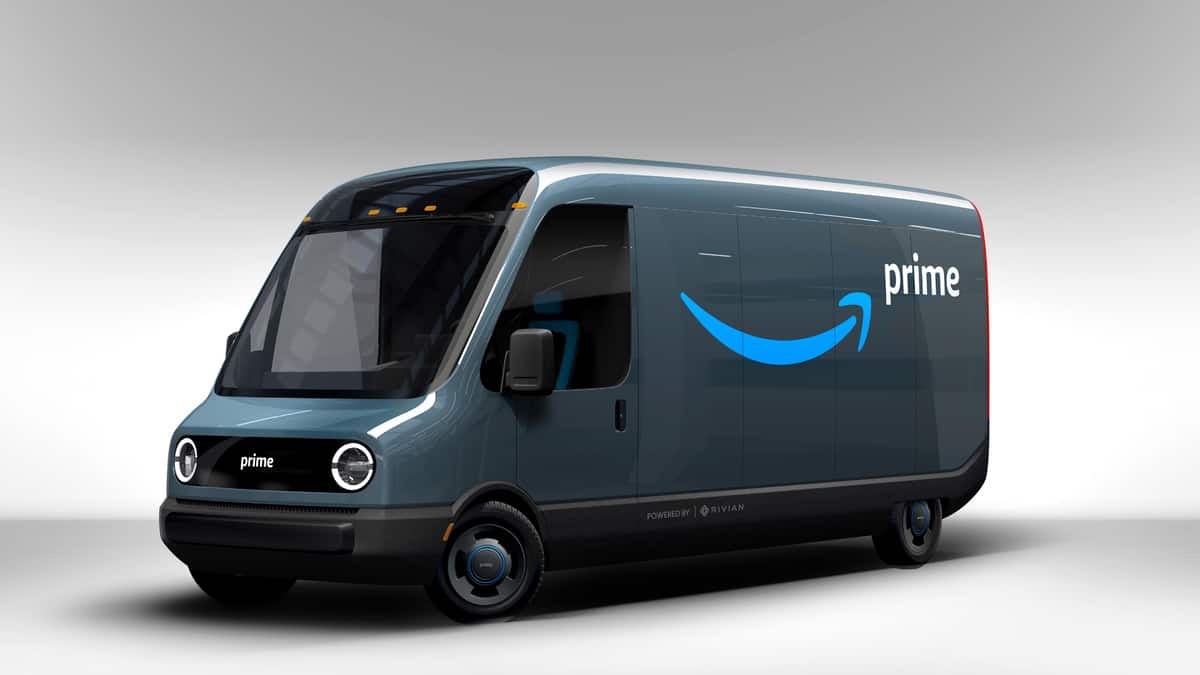
BA: Is there a precedent for the Amazon effect? What was your experience then? How did that play out?
AC: Amazon has had a profound effect on the brick and mortar and ecommerce retail market as well as the entire economy. It has continuously raised the bar in the supply chain and has changed the buying culture as well as the overall expectations of the consumer. Now, the consumer expects all ecommerce orders to be delivered next day or shortly thereafter. Consumers now expect a fully stocked inventory along with speedy deliveries and unquestioned returns. The typical consumer is switching buying experiences from visiting stores to buying online.
The Amazon effect on ecommerce is similar to the effect Walmart has had on the brick and mortar retail industry, only much more massive in that the Amazon effect touches all socio-economic levels. Amazon is now the largest ecommerce retailer with approximately 50% of the ecommerce retail market worldwide. This, in and of itself, has created a new playing field in transportation, logistics and distribution.
As we all know, trucking companies can only make money when the trucks are loaded and the wheels are rolling; assuming fleet utilization is very high. There is an overabundance of freight available from ecommerce. However, it is cheap freight that barely covers the cost of operating a fleet. Like Walmart, I assume Amazon looks for the cheapest rates on FTL (usually backhaul rates) and all individual deliveries are now being done by Amazon fleet couriers, which is also at the lowest cost.
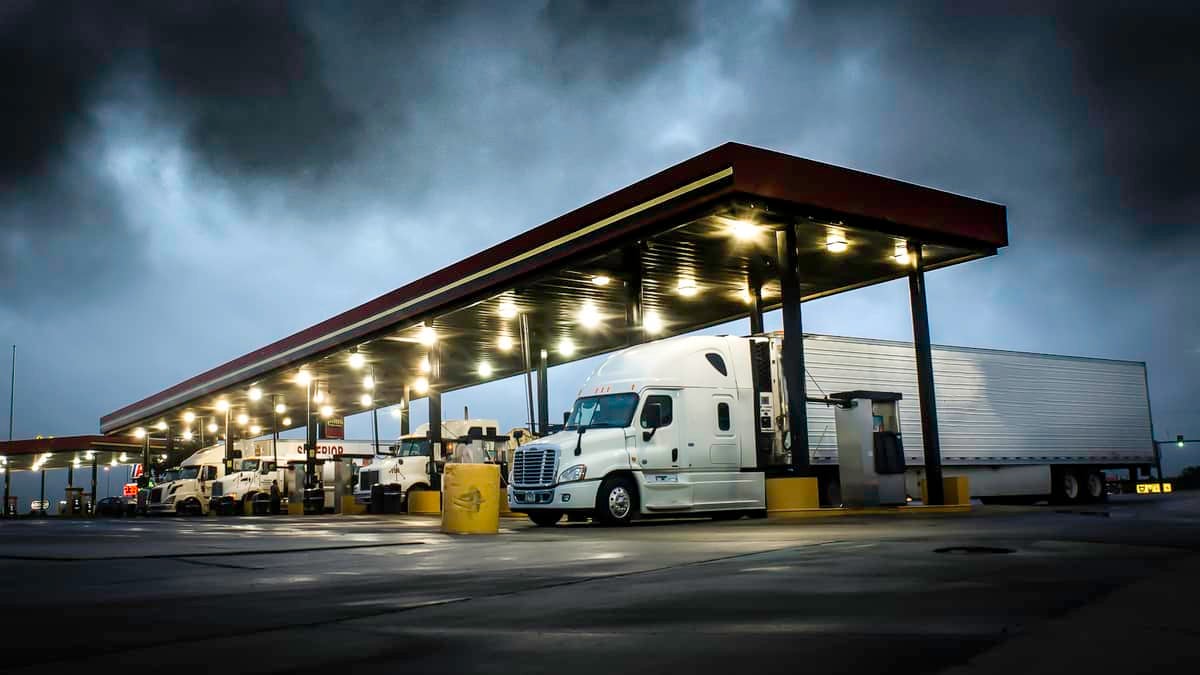
Years ago, I managed an FTL (van) carrier. The sales team members were paid on gross revenue and not on profit, so, they accepted any and all freight and fought for lower rates for their customers. At that time, we were moving hundreds of loads for Walmart, and after doing an analysis I realized we were losing money on every load. We decided to stop hauling for Walmart, and we had a few angry salespeople.
I would have done the same with any other customer that was a loser for us. However, now we had excess equipment sitting around and drivers not working. Hence, we eventually had to reduce the fleet.
The moral of the story is that: “All freight is not profitable freight and don’t try and make it up on the volume.”
Keep an eye on your costs vs. profits at all times and make adjustments accordingly. Don’t ever add equipment hoping to turn a profit. Reduce your fleet or, better yet, don’t increase your fleet unless you are absolutely sure of the return on investment. I’ve seen this issue with several companies I’ve consulted for.
BA: How is life changing for truck drivers and owner-operators? Are regulations like those that mandate electronic logging devices (ELDs) making it easier or harder to be a small, but profitable carrier? Are ELDs being scapegoated for poor management and business practices?

AC: The media sensationalizes any and all truck-related incidents. They are quick to point out out-of-service history and issues with driver records, etc. when an accident occurs. The media creates a social fear of trucks and in turn, the politicians (wanting more votes) vilify the entire industry by enacting more rules and regulations.
In the eyes of society and our politicians, trucking is evil. Between the Federal Motor Carrier Safety Administration, CSA 2010, hours of service (HOS), ELDs, insurance requirements, road taxes, fuel taxes, etc. – along with low pay and long hours, driving a truck is no longer a desirable career for many, especially for younger people.
So, we have a driver shortage? Whose fault is that? I blame the trucking company owners and executives. In the transportation industry, a good driver is a company’s most valuable asset, period! Yet, some (not all) fleet operators expect drivers to stay out long hours, driving sub-standard and old equipment for low pay and poor benefits. Drivers get paid by the mile and/or stop. So, sitting – for any reason – is usually for free (unpaid) or, close to it. If a driver actually inspected his and her truck in the morning and evening in accordance with all the regulations, most units would not move because most of the equipment would be out-of-service.

ELDs are good because they force a driver to follow the rules. If they are driving good equipment, getting paid well, have good benefits and are being treated as a valuable employee, there is no need to break the rules. Look at the best companies – I’ll bet they treat their most valuable assets well!
Years ago, I ran a fleet of approximately 200 owner-operators in five locations across the country. I treated the drivers like valued employees – I was their biggest advocate when an issue arose. I always listened to the drivers and made decisions in their best interest. They all had my personal cell number. As a result, we went from a mediocre break-even operation to a very profitable carrier.
So, yes, I blame any trucking company’s woes on poor management.
BA: Do you recall a year like 2019 in terms of the number of bankruptcies in the trucking industry? What do you think is driving these bankruptcies? Given your background, what is your take on management talent, broadly speaking, in the trucking industry?
AC: For all the reasons below and more, many companies cannot compete much longer:
- Poor management
- Cheap rates
- Old/inefficient equipment
- Excessive cost for new equipment
- Poor utilization
- High insurance rates
- Driver shortages
- Government regulations
- Technology
- Competition
Managing a trucking company is not just about moving freight from point A to point B. A few years back, I watched a bulk carrier purchase all new equipment (tractors and trailers). The reason was that it had just received a lucrative cement contract. Combined with their business transporting jet fuel, diesel and gasoline, the company was profitable.
The following year, the company lost the cement contract and had to go into bankruptcy protection. But, in the meanwhile, it had won multiple awards at the truck show!! Clear indications of poor management, short-sightedness and arrogance.
During this same period, I heard a large trucking company owner swear that “the customers need us.” The company went bankrupt in 2019. Shippers don’t care that your fleet is brand-new or has 3,500 units, has trick paint or that you won awards at the truck show. All shippers care about is competitive rates, an excellent safety record and excellent service. They don’t pay extra for the frills.
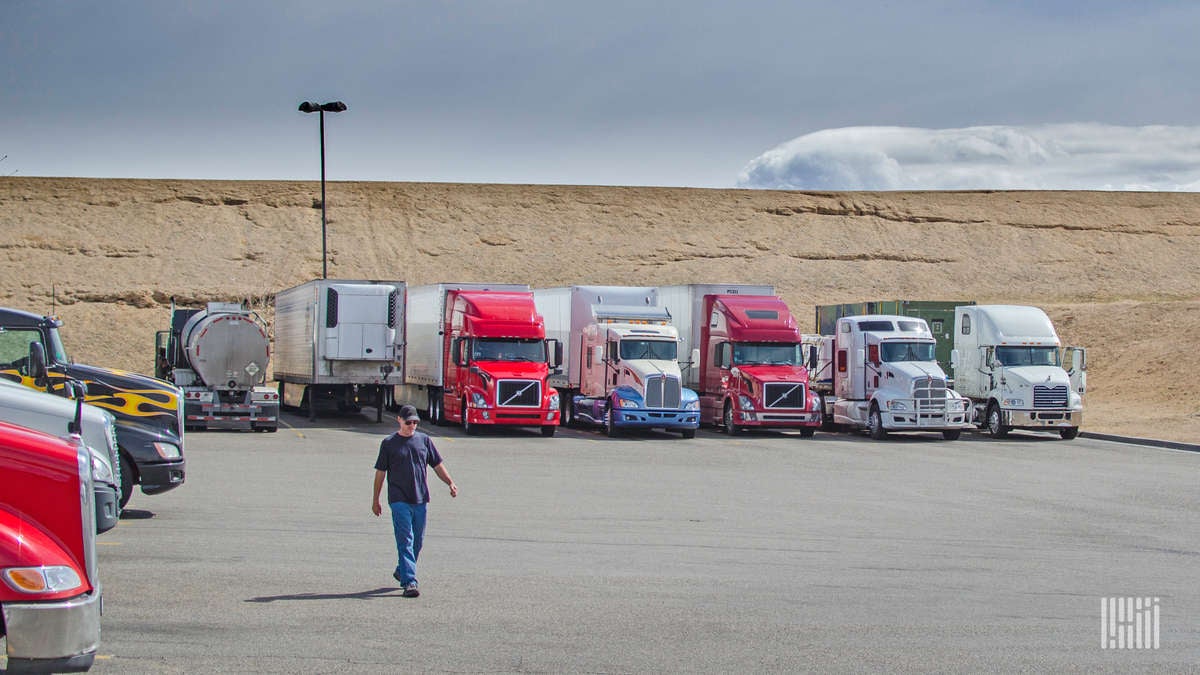
Managers need to be checking the pulse of their company daily – safety, utilization, loads, empty miles, HOS, margins, etc. Based on that information, managers should quickly adjust as needed. They should not be sitting idle, hoping things will get better. Hence, management and leadership are more important than ever.
BA: Do you think the next two or three years will be business as usual in the trucking industry, or do you think we may be witnessing significant structural changes taking place in the industry?
AC: Based on 25+ years of experience, watching the industry evolve as quickly as it did (in the past 10), continued changes are to be expected and should be anticipated. Rules and regulations will not ease, competition will be fierce, equipment isn’t getting cheaper, fuel costs will stay high, insurance rates will continue to rise, driver shortages will continue, regulators will enforce HOS and ELD rules, and advances in technology will continue. Last but not least, poor management – making decisions as if it were still the 1980s and 1990’s and stating, “this is how we’ve always done it” – will increasingly become a liability.
Supply chain operations have been and will continue to be “front and center” in terms of empty miles, utilization, cost reduction, improved efficiencies, all while increasing customer service. Each of these factors will be driven by technology and smart management decisions.
As far as I am concerned, “the company with the best end-to-end supply chain operation wins!”

(Photo credit: Shutterstock)
Conclusion
The issues that Tony highlights in this article have continued to unfold over the holiday season. Since December 26 when my commentary ran, FreightWaves has also published: Georgia trucking company shuts down after 38 years (December 30, 2019); GDS Express files for bankruptcy after abrupt pre-Christmas shutdown (December 31, 2019); and Texas-based flatbed carrier with 260 trucks shuts down, citing insurance costs (January 1, 2020).
While we can’t predict the future, it is perhaps a safe bet that the responsibility of running a trucking company will become even more challenging in 2020.
If you are a team working on innovations for the trucking industry, we’d love to tell your story in FreightWaves. I am easy to reach on LinkedIn and Twitter. Alternatively, you can reach out to any member of the editorial team at FreightWaves at media@freightwaves.com.
The reference archive – dig deeper Into this topic with FreightWaves
- Trucking companies blame rocky economic conditions for 2019 shutdowns
- 2019 was a winless season for trucking…2020 will feel like winning the Sugar Bowl
- Commentary: Fresh opportunities bring new entrants into asset-based trucking
- Tightened credit standards: a worrying sign for the trucking industry?
- Commentary: Truck drivers are aging… or are we entering a golden age in trucking?
- Automation is inevitable but will not displace driver jobs: IRU’s global innovation head










